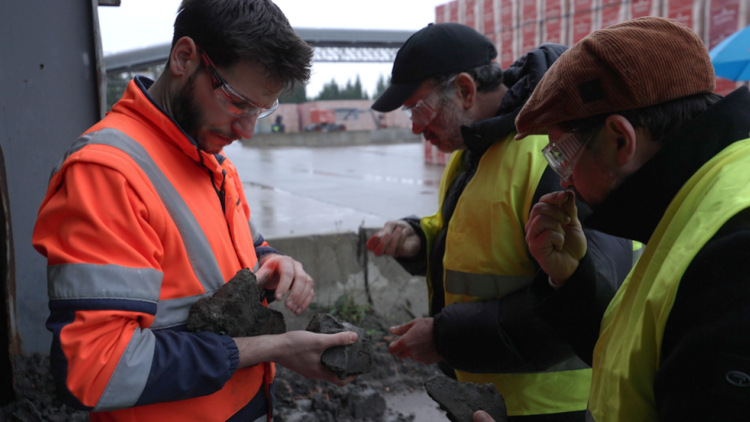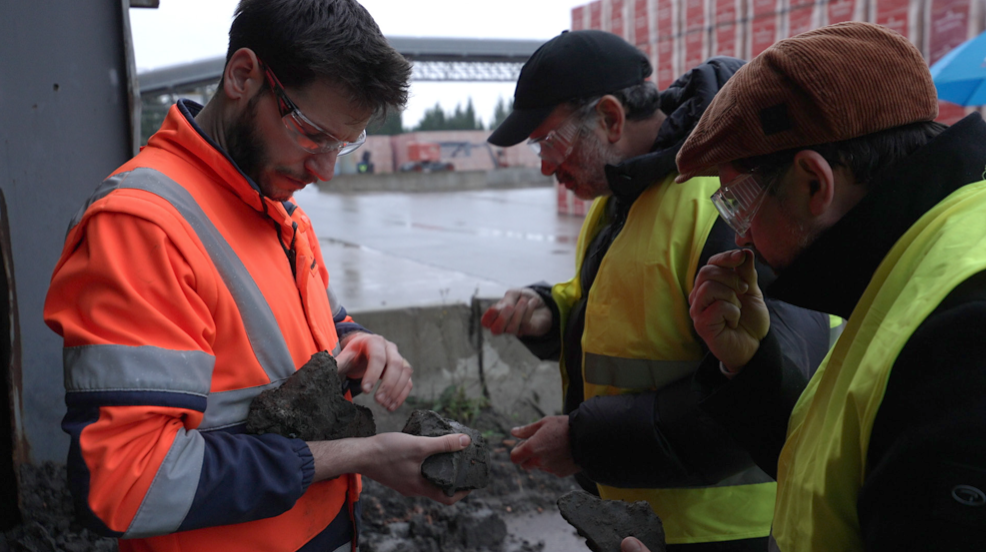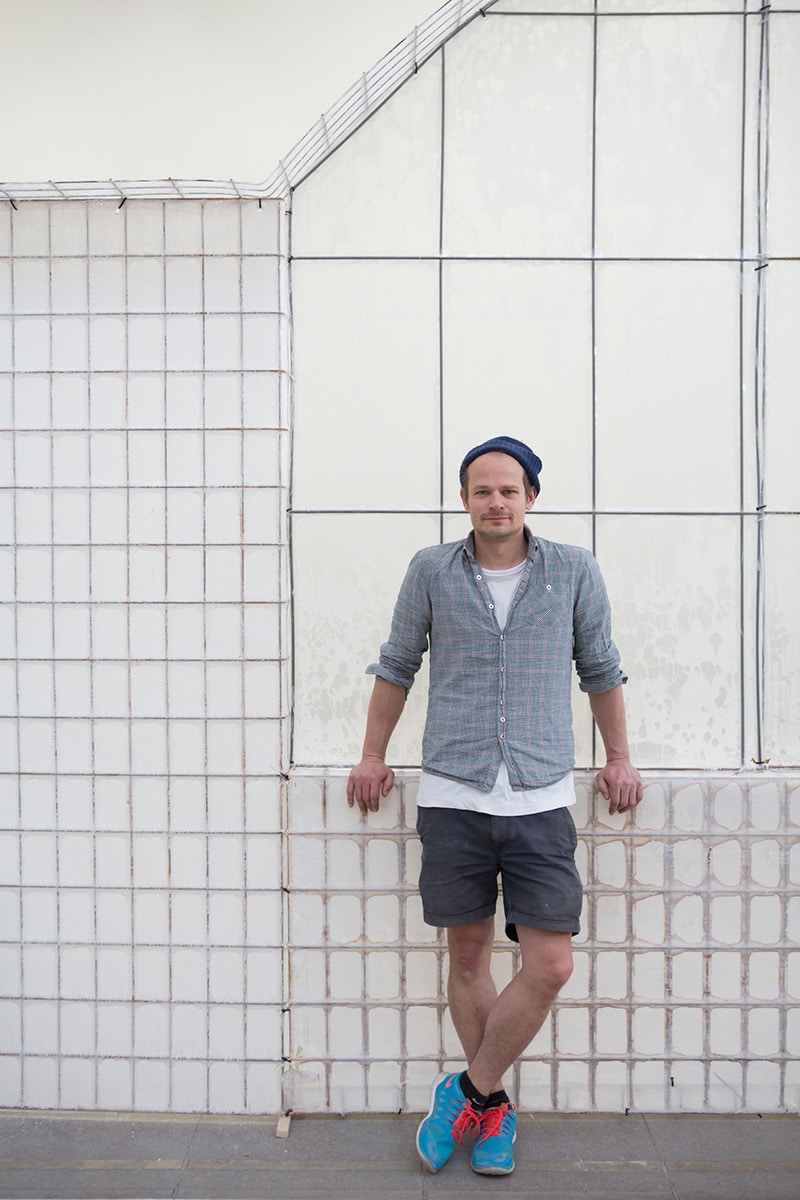The Clay Commons artwork will underline the new future of Boom

The artwork will not only serve as an allegation of the industrial past, but also become guardian of the new ecological location.
For centuries, Boom had an important brick production, made from clay dug up and extracted from the local soil. While this led to wealth in the second half of the 19th and first half of the 20th century, the industry collapsed around the 1970s when the clay quarries became exhausted. Today, Boom knows poverty, the soil impoverished and depleted by the brick industry. This exhausted clay land, which was used as a waste dump for many years after the collapse of the industry, will have a new future as a nature reserve park.
Working on a land development project in Boom, the ‘Flemish Land Society’ stumbled upon the industrial past and its dramatic consequences for the city's nature and landscape. Joined by the Municipality, who feels responsible for the past and the future developments of Boom, and citizens, they, as commissioners, want to emphasize the mistakes made in the past and highlight the tragic historical story of Boom as well as underline the new future. It is important for the commissioners to entrust an artist with this specific mission.
Under this context, the European project, ‘Clay Commons’ of ‘Art Living Lab for Sustainability’, will produce an artwork at the entrance of this site, made from clay or brick, which can serve as an indictment of the industrial past as well as represent the new ecological situation.
The industrial context of Boom, a start to develop the artwork
The artistic process has already started, while the commissioners' focus initially was on commemorating Boom's glorious industrial past, the first discussions changed their vision. During these meetings, the commissioners' criticism of the industry became apparent, clearly showing their love-hate relationship with this important but very tragic past. Although the brick industry brought prosperity and growth, only a limited group of people benefited.

The vast majority of citizens of Boom lived in poverty and performed hard physical labor. This worsened with the collapse of the industry in the 1970s, resulting in an all-time high rise of unemployment among the population. Moreover, the brick industry was very polluting. Until this day, the industrial past has an everlasting effect on the landscape of Boom, and by extension its inhabitants.
After visiting the site intended for the artwork, the conversations with the commissioners culminated further. Used for years as a dump for bricks and other waste, the location, close to the border with Rumst, will revive in the future as an ecological park. Despite promises by the authorities that the ground poses no threat to public health, there is fear among the citizens of Boom.
They worry history will repeat itself. Strengthened by past experiences, there is a new vigilance and awareness among the citizens, which the commissioners want to have translated into a work of art. This artwork will not only serve as an allegation of the industrial past. It will also become guardian of the new ecological location.

The commission will guide the artist production
The artist Michael Beutler is expected to contribute to awareness of the past and future of Boom's landscape with a work of art. Impoverished and polluted by industrial excavation and waste dumping, this landscape is being given a new future as a nature reserve park. Mining the clay brought wealth, but quickly gave way to perpetual impoverishment and depletion of the soil. The artwork calls physical attention to this issue at the entrance to this future ecological park. Due to the specific situation in Boom, the artist is expected to use the material clay as a starting point for his artistic intervention.
Beutler will listen to and accompany the group of commissioners for a period of time, in order to understand their motivations and frustrations. He will work with them, with the help of the project mediator, to outline a common ground that will allow their desires to be represented in one form or another in the final artwork.
Beutler (°1976, lives and works in Berlin) creates installations that both monumentally fill space and exude fragility through the use of everyday materials. He does not limit his interventions to art institutions, but also works in the urban landscape. In doing so, he reacts against the social and architectural structures of the chosen space. Beutlers' artworks are always the result of an experimental and artisanal process. As an artist, he has an immense interest in clay and the artisanal production process. This interest is vital for the commissioners, who want to see their history with clay reflected in the art work. The group is also drawn to Beutlers’ monumental and spatial works and his artisanal process.
